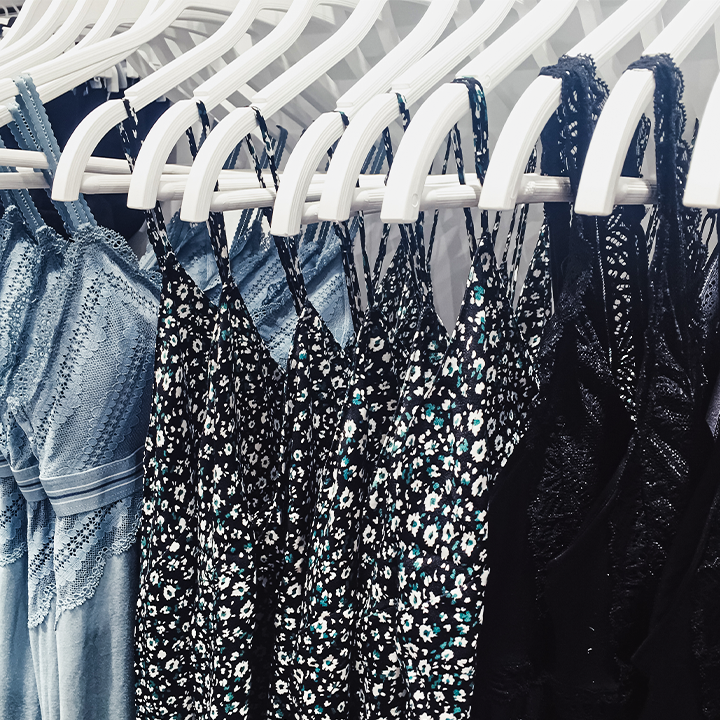
Dressing for Your Body Shape: Confidence Through Fit
Fashion isn’t just about trends; it’s about celebrating your unique body shape. Understanding your body’s proportions helps you select clothing that enhances your natural assets and boosts confidence. When you dress according to your shape, fit becomes effortless and flattering. Whether you identify as pear, apple, hourglass, or rectangle, knowing which cuts, fabrics, and styles complement your silhouette makes all the difference.
Identifying Your Body Shape
To begin, start by assessing your shoulders, waist, and hip measurements. Women often fall into shapes like pear with wider hips, apple with a broader midsection, rectangle with balanced shoulders and hips, or hourglass with a defined waist. Men’s body shapes vary as well, including triangle with broader shoulders and narrower hips, rectangle with straight lines, and oval with a rounder midsection. Understanding your category helps guide your shopping and styling decisions to achieve the best fit and comfort.
Flattering Cuts for Women
For women, flattering cuts differ according to body shape. Those with pear shapes benefit from A-line skirts and dresses that balance wider hips with the shoulders. V-neck tops and structured shoulders help broaden the upper body visually. Hourglass figures shine in wrap dresses and belted waists that emphasize curves, while rectangle shapes gain definition with peplum tops or layered pieces that create contrast at the waist. Apple-shaped women find empire waists and tailored jackets useful to draw attention upward and subtly define their shape. Fabrics that hold their shape well, such as cotton blends and stretch knits, enhance fit without clinging excessively.
Flattering Cuts for Men
Men’s flattering cuts also vary based on shape. Men with triangle shapes look best in tailored jackets and structured shoulders that balance their proportions. Those with rectangular shapes can create curves by layering sweaters or choosing shirts with patterns and textures. Oval shapes benefit from wearing shirts and pants that are loose but not baggy, helping to streamline the midsection. Slim-fit trousers, properly cut blazers, and fitted shirts generally complement most shapes when tailored well. It is advisable to avoid clothing that is either too tight or excessively loose, as this can distort the natural silhouette.
The Importance of Tailoring
The importance of tailoring cannot be overstated. A well-tailored garment transforms your look regardless of your body type. Custom adjustments around the shoulders, waist, and length elevate everyday clothes into flattering statements. Simple tweaks like shortening sleeves, taking in the waistline, or adjusting pant hems can dramatically improve fit. For women, a nip-and-tuck blazer or reshaping a dress can create polished contours, while men gain sharpness with tailored suits and shirts that fit snugly yet comfortably. Investing in tailoring is truly an investment in confidence.
Choosing Patterns and Prints
Patterns and prints also play a crucial role in flattering your body shape. Patterns can create visual illusions that either enhance or downplay certain areas. Vertical stripes are especially useful for elongating and slimming the figure, making them ideal for apple or oval shapes. Larger prints tend to suit taller or rectangular figures, while smaller patterns flatter petite frames. Color blocking, where darker shades are used on areas to minimize and lighter shades on areas to highlight, helps create balance in an outfit. Men can add subtle patterns in shirts or ties to add dimension without overwhelming their build.
Styling for Height Differences
When it comes to height differences, styling can also be adjusted accordingly. Petite individuals benefit from fitted, proportionate clothing that avoids overwhelming their frame. Vertical lines and cropped pants can elongate the legs effectively. Taller people, on the other hand, can experiment with layering and patterns to add dimension and visually break up height. For men, slim cuts help avoid bulkiness, while women can use ankle boots and mid-length skirts to balance their proportions elegantly.
Seasonal Adaptations
Seasonal adaptations to your wardrobe are equally important regardless of body shape. Heavier fabrics in winter add bulk, so choosing streamlined cuts can help avoid adding unwanted weight. Summer’s lighter textiles offer more freedom in fit and shape. Layering is a useful technique to modify silhouette perception, whether by adding structure with blazers or softening lines with scarves and cardigans.
Building Confidence Through Style
Ultimately, building confidence through style begins with understanding fit. When clothes feel right, you carry yourself with poise and assurance. Shopping with an awareness of your body shape saves time and frustration and allows you to curate a wardrobe full of flattering options. Experimenting with cuts, colors, and textures tailored to your shape boosts both your style and self-esteem.
Fashion is a powerful tool for self-expression and confidence. Dressing for your body shape is not about restriction but about celebration. With knowledge and intentional choices, you can create a wardrobe that feels custom-made for your lifestyle and silhouette. Embrace fit and proportion as your style allies and watch how your confidence—and your style—soar.




